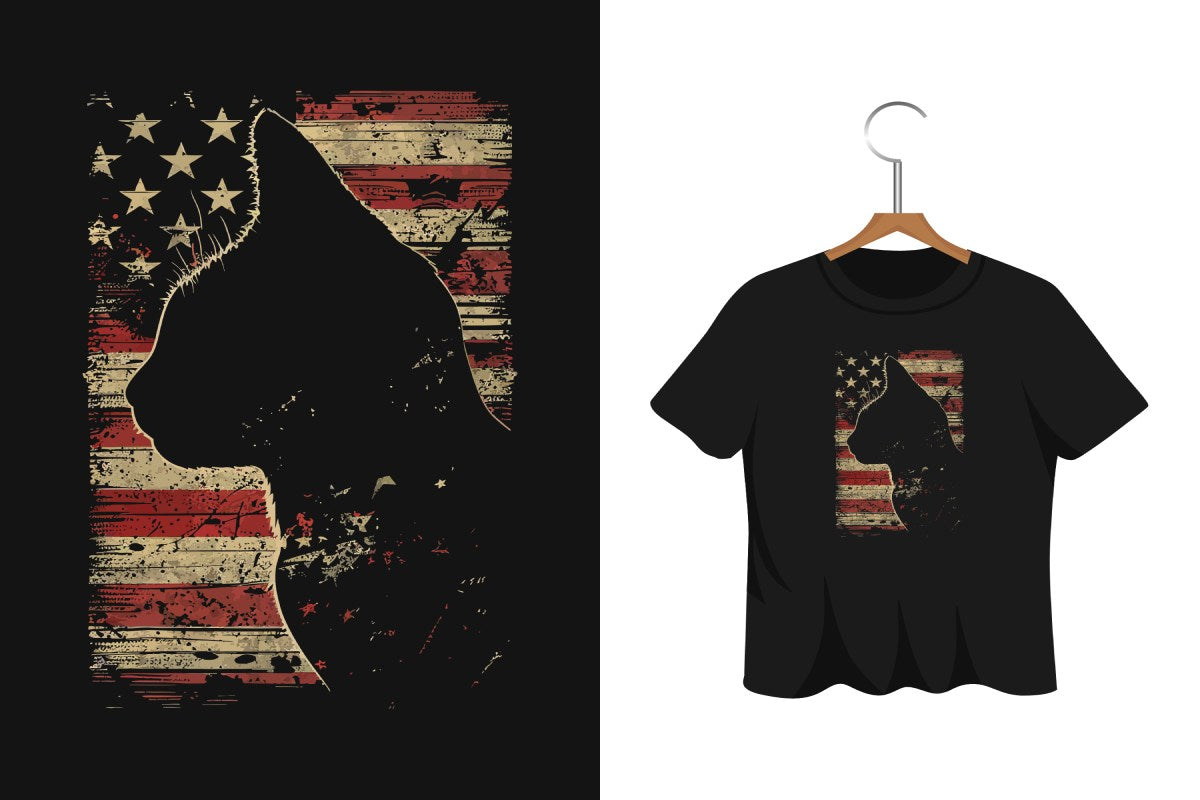
Best Georgia DTF Transfer Tips and Tricks
Georgia DTF: A Gateway to Print Perfection
Georgia DTF printing is quickly becoming a favorite for creatives, small brands, and apparel startups looking to create vivid, long-lasting garments without investing in massive equipment. With the state’s fast-growing network of local providers and print specialists, Georgia DTF offers the perfect mix of expert-level production and accessible service. Whether you're new to DTF or scaling up operations, understanding the regional approach gives you a serious edge.
DTF Transfers: The Key to Flawless Custom Apparel
When applied correctly, DTF Transfers deliver unmatched vibrancy, flexibility, and durability. These transfers allow for full-color designs on nearly any fabric, eliminating the need for weeding or color layering. To get the most out of your DTF printing experience, you need to follow key application techniques and artwork preparation steps. Below, we share practical tips straight from Georgia’s most trusted DTF pros.
Mastering Artwork Setup Before Printing
One of the most overlooked but vital tips is preparing your artwork with precision. Always use high-resolution files—preferably 300 DPI—and keep colors in CMYK mode for the most accurate print outcome. Georgia DTF printers often offer templates, so use them to format gang sheets efficiently. Avoid gradients that may blur and instead focus on clean lines and bold, well-defined shapes to achieve crisp transfer edges and professional-grade results.
Optimizing Pressing Temperature and Pressure
Getting the perfect transfer requires the right combination of heat and pressure. Most Georgia DTF shops recommend pressing at around 305°F for 10–15 seconds using medium-to-firm pressure. Always pre-press your garment to remove moisture and wrinkles. A second press after peeling—known as post-pressing—locks the ink into the fabric for improved adhesion and durability. These small steps drastically enhance print longevity.
Storing and Handling Your DTF Transfers
Proper storage ensures your transfers remain ready to use for weeks or even months. Always keep them in a cool, dry place away from direct sunlight. Avoid stacking heavy objects on top to prevent pressure damage. Georgia’s humid climate can affect film quality, so use sealed containers or moisture-absorbing packets to maintain transfer integrity. Careful handling guarantees consistent print quality every time.
Troubleshooting Common DTF Mistakes
If your transfers are cracking, peeling, or losing color, it’s time to revisit your pressing method or check your film quality. A common mistake is using uneven pressure or an improperly heated platen. Also, make sure to let your heat press warm up completely before use. Georgia DTF professionals recommend doing test presses before production runs to ensure error-free application and minimize waste and rework.
Conclusion
Georgia DTF printing offers endless opportunities for apparel creators who follow the right processes. From file preparation to final pressing, each step plays a role in producing top-tier results. By understanding these practical tips and tricks, you can elevate your DTF game and ensure your custom garments deliver the quality your brand promises. In 2025, mastering the DTF workflow is a competitive advantage—especially when guided by Georgia’s best practices.
Frequently Asked Questions
What’s the ideal pressing temperature for DTF?
Most prints apply well at 305°F with medium pressure.
Can DTF Transfers work on any fabric?
Yes, they work on cotton, polyester, blends, fleece, and more.
How long can I store unused DTF Transfers?
With proper storage, they can last several months without issue.
Why is my transfer cracking after washing?
It may be under-pressed or applied with incorrect temperature/pressure.
Do I need to pre-press garments before applying transfers?
Yes, this removes moisture and smooths fabric for better adhesion.
What’s the best resolution for DTF artwork?
Use 300 DPI images to maintain crisp, clean print detail.
Are hot peel or cold peel transfers better?
Both work well—hot peel offers speed, while cold peel improves finish in some cases.
Can I re-press after peeling?
Yes, post-pressing boosts durability and gives a smooth finish.
Do I need expensive software to design DTF prints?
Not necessarily—many Georgia printers offer online design tools for free.
Can DTF Transfers fade over time?
Not if applied and washed properly; they remain vibrant for dozens of washes.






